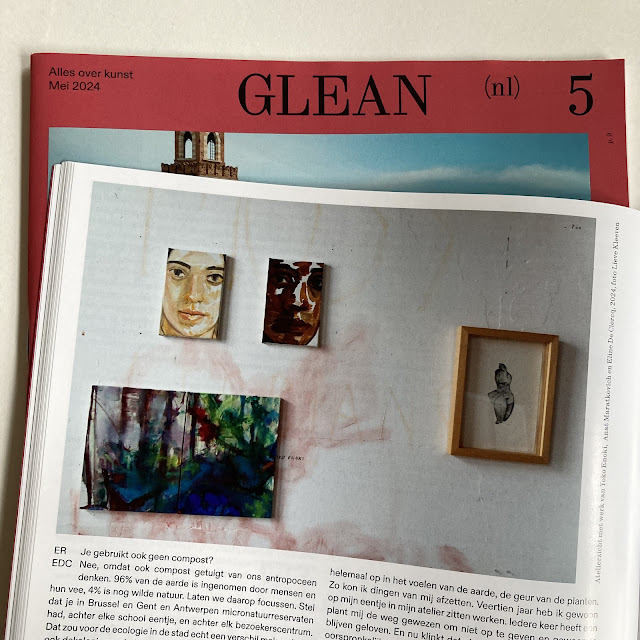I'm incredibly grateful to have been accepted as an artistic researcher to ARCUS residency, one of the oldest residency organisations in Japan. Since 1994 they are hosting a year-round program with international artists. This summer I will visit the old school building in Ibaraki, travel to visit the beautiful gardens around Kyoto and Tokyo, and write about many of the connections between art and nature.
Here is a link to find out more about ARCUS: https://www.arcus-project.com/en/about/
 |
| Image courtesy of the website by ARCUS https://www.arcus-project.com/en/news/call-for-application/ |
Japan is a place with so much sense of aesthetics, care, social awareness, progressive innovations and conserving traditions; what role is there for contemporary artists? And how does ecology affect our practices? In 2023 I started the two-year project 'Making Sense', my artistic research on restoring ecology in the old Academy garden. This multispecies collective practice aims to create a community garden with students and the non-human garden residents like trees, birds, fungi and perennials. We're thinking together, it is the garden who makes us into gardeners. This summer I will learn about the gardens in Japan, where this artistic practice is centuries old and still very much alive. I look forward to open up my research into a more global perspective and create new string figures with artists in Japan and the garden in the Royal Academy of Antwerp.
 |
| This artistic residency is made possible with the support of Flanders. |
I would like to thank the ARCUS committee to welcome me in Ibaraki and give me this opportunity. I'm very grateful for the support I got from the Royal Academy and the Artistic Research Department to extend my research into Japanese gardens and culture. Thank you Flanders Arts & Culture for your support, I have been granted the residency funding. I'm grateful to work as a visual artist and researcher in the field of art & ecology.
 |
| Me, in 1981 in Japan. |
This is not the first time I visit Japan, when I was two years old I spent some time in Japan as a tourist. I don't remember anything, although it must have been a wonderful experience. The photo above is testimony of typical tourist behaviour where cultures are appropriated, I am not Japanese. But it is through traveling that I learned what it means to be the other, to learn what makes me so typical for being from Antwerp. Abroad I could learn what I could not learn here about my own culture.
My past makes me prudent with taking on habits from other cultures. I grew up in a mix of styles unlike the 'usual' Belgian household. I was twenty-five years old when I first order French fries in a chip shop in Antwerp because my parents raised me on a macrobiotic diet that wasn't Japanese nor local. I don't know what a typical Flemish youth is, with spagetti bolognese and koffiekoeken (Danish pastry) and I don't know what it means to be from somewhere else. But I do know so many people grow up with these mixed cultures that it is our own lived experiences that make us from here.




